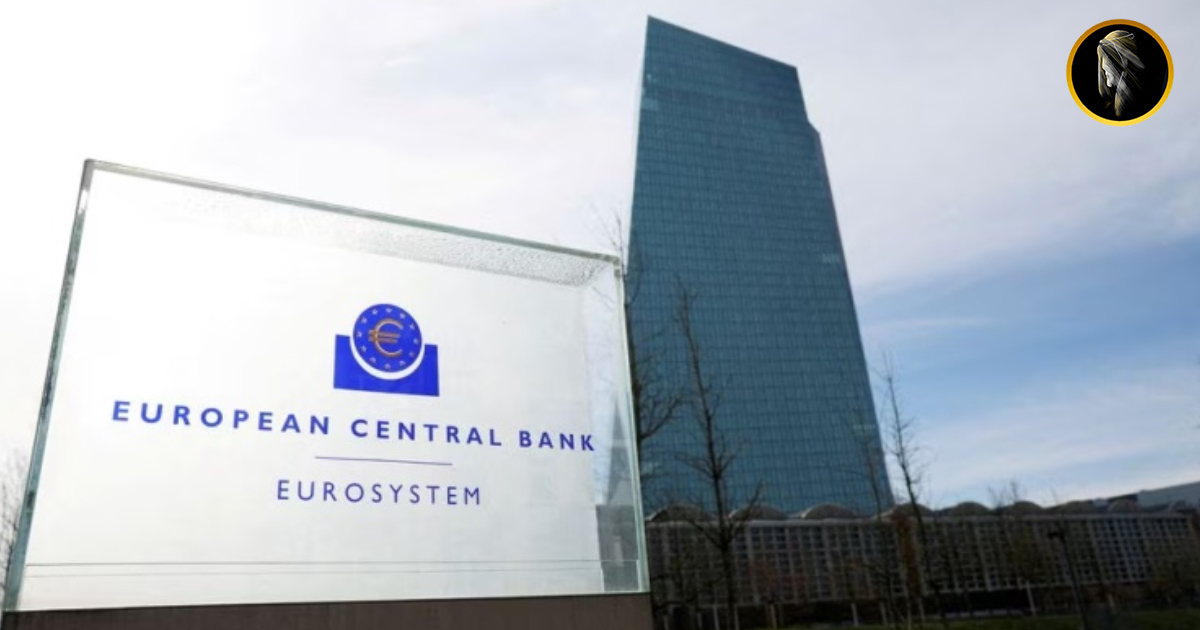The eurozone experienced a significant reduction in the amount of money in circulation last month, marking the most extensive contraction on record. This decline is attributed to banks restricting lending activities and depositors opting to lock away their savings. These developments are tangible consequences of the European Central Bank’s (ECB) efforts to combat rising inflation.
In response to historically high inflation rates, the ECB has implemented measures such as raising interest rates to record levels and withdrawing some of the liquidity it had injected into the banking system over the past decade. These actions have effectively reduced the money supply within the eurozone.
The ECB’s latest lending data indicates that the substantial increase in borrowing costs has achieved the desired impact. However, it raises concerns about whether such an aggressive tightening cycle could potentially push the 20-country eurozone into a recession.
Specifically, a measure of money supply that includes cash and current account balances experienced an unprecedented contraction of 11.9% in August. This was largely due to bank customers shifting their funds into term deposits, which now offer higher returns as a result of the ECB’s interest rate hikes. The ECB’s own research suggests that a decline in this money supply gauge, after adjusting for inflation, is a reliable indicator of an impending recession.
Another broader measure of money, which includes term deposits and short-term bank debt, also saw a record-breaking decline of 1.3%. This suggests that some money is exiting the banking sector altogether, likely being invested in government bonds and funds.
Economists have expressed concerns about the eurozone’s near-term economic prospects in light of these developments. It is now anticipated that the eurozone’s GDP may contract in the third quarter and stagnate in the final quarter of the year.
Additionally, banks have reduced the creation of money through loans. Lending to businesses slowed significantly in August, with an expansion of just 0.6%, the lowest figure since late 2015. Lending to households also rose only modestly, by 1.0%. The monthly flow of loans to businesses experienced a negative trend in August compared to July, representing the weakest figure in over two years. This slowdown in lending activity is seen as unfavorable for an already stagnating eurozone economy, further exacerbating signs of weakness.
Overall, these developments highlight the complex challenges the eurozone faces in balancing inflation control and economic growth. The ECB’s efforts to combat inflation have resulted in unintended consequences for the money supply and lending activities within the region.









